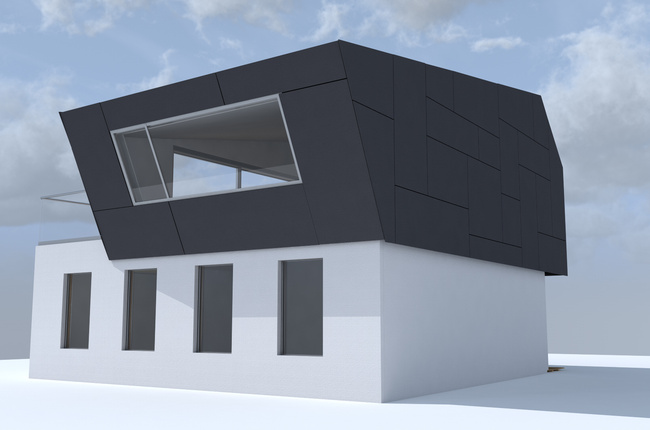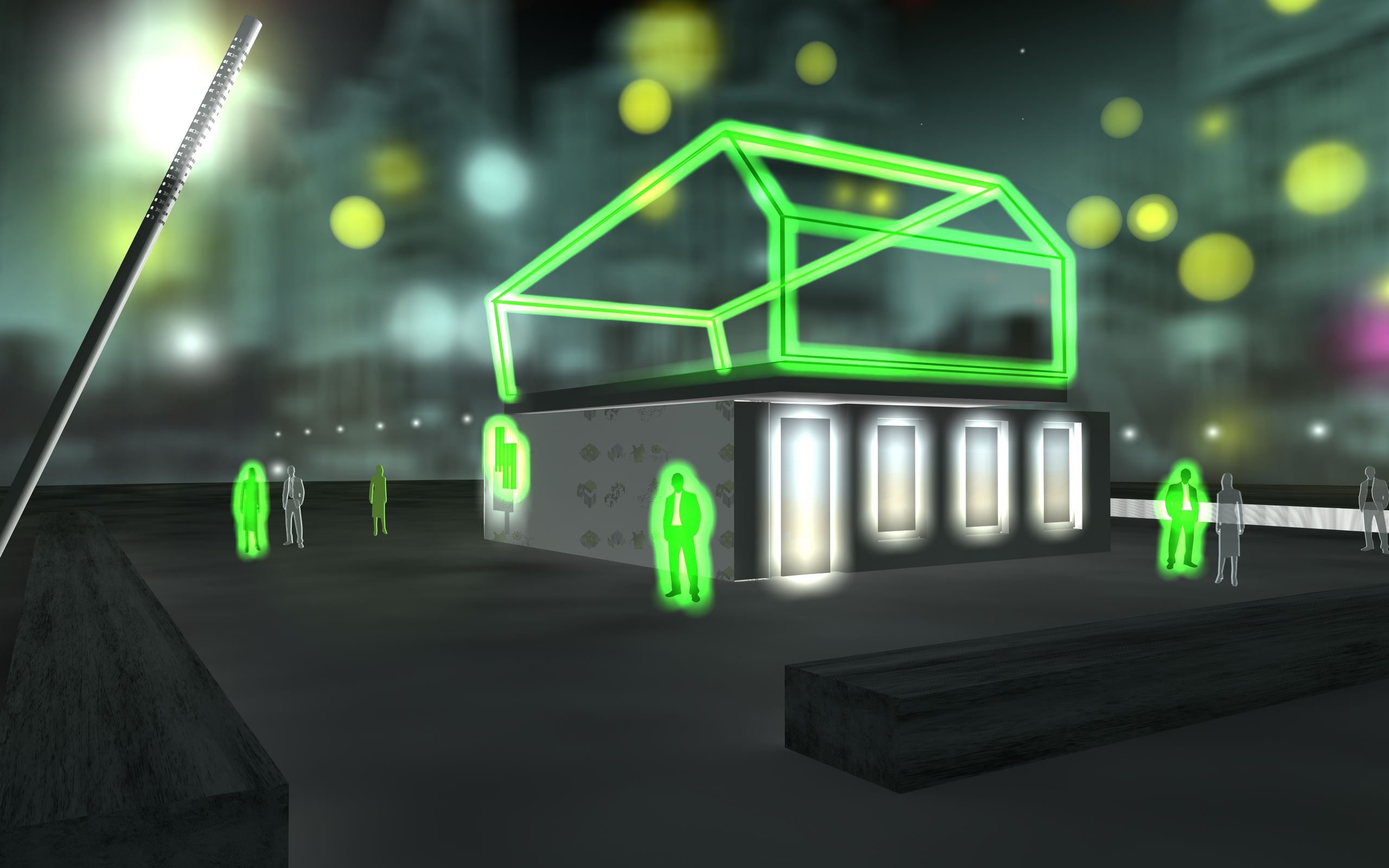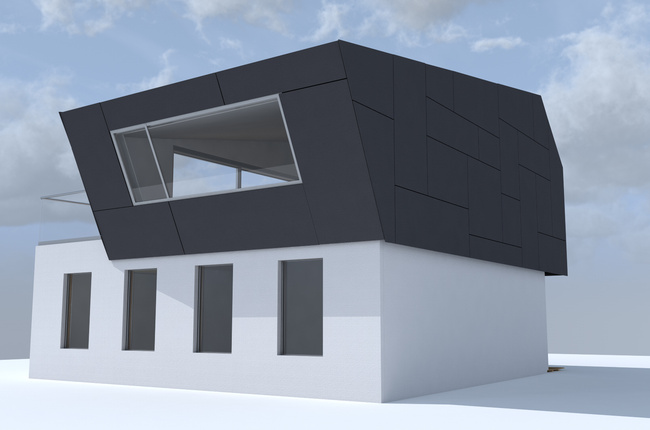Traditionally, solar panels are a flat addition placed on the roof of a building. But students at the Frankfurt University of Applied Sciences in Germany have designed “OnTop,” solar panels big enough to be an extra unit of housing that can fit on top of existing apartment buildings.
The project was developed for Solar Decathlon Europe in Versailles, France, where it won first place for the "Social Housing" category.
In an interview with Fast Company Exist, Sebastian Fiedler, a faculty member of the university, says the design can be a solution to make cities more “climate neutral” while also solving the housing dilemma, because “building on top of an existing building doesn’t take up new land, and no additional infrastructure has to be created.”
Watch the OnTop team construct their design for the Solar Decathlon Europe below.
“Many people want to live in the city and they are willing to pay a lot of money for it,” Fiedler continued. “It is a powerful economic force. We want to use this force to enhance the existing buildings.”
The design goes hand-in-hand with Germany’s aim at making all buildings climate neutral by 2050, and the team believes it will be a solution that allows rents to remain the same and avoid gentrification because it allows newcomers to reside in the city without displacing long-time residents instead of living in new developments in the suburbs.
Read more about the project at Fast Co. Exist.
Related Stories
| Sep 16, 2010
Gehry’s Santa Monica Place gets a wave of changes
Omniplan, in association with Jerde Partnership, created an updated design for Santa Monica Place, a shopping mall designed by Frank Gehry in 1980.
| Sep 16, 2010
Green recreation/wellness center targets physical, environmental health
The 151,000-sf recreation and wellness center at California State University’s Sacramento campus, called the WELL (for “wellness, education, leisure, lifestyle”), has a fitness center, café, indoor track, gymnasium, racquetball courts, educational and counseling space, the largest rock climbing wall in the CSU system.
| Sep 13, 2010
Community college police, parking structure targets LEED Platinum
The San Diego Community College District's $1.555 billion construction program continues with groundbreaking for a 6,000-sf police substation and an 828-space, four-story parking structure at San Diego Miramar College.
| Sep 13, 2010
Campus housing fosters community connection
A 600,000-sf complex on the University of Washington's Seattle campus will include four residence halls for 1,650 students and a 100-seat cafe, 8,000-sf grocery store, and conference center with 200-seat auditorium for both student and community use.
| Sep 13, 2010
Second Time Around
A Building Team preserves the historic facade of a Broadway theater en route to creating the first green playhouse on the Great White Way.
| Sep 13, 2010
Palos Community Hospital plans upgrades, expansion
A laboratory, pharmacy, critical care unit, perioperative services, and 192 new patient beds are part of Palos (Ill.) Community Hospital's 617,500-sf expansion and renovation.
| Sep 13, 2010
China's largest single-phase hospital planned for Shanghai
RTKL's Los Angles office is designing the Shanghai Changzheng New Pudong Hospital, which will be the largest new hospital built in China in a single phase.
| Sep 13, 2010
Richmond living/learning complex targets LEED Silver
The 162,000-sf living/learning complex includes a residence hall with 122 units for 459 students with a study center on the ground level and communal and study spaces on each of the residential levels. The project is targeting LEED Silver.


















